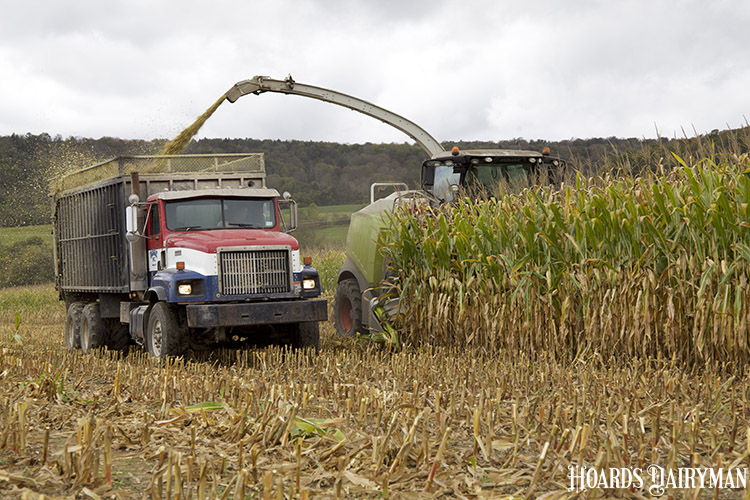
USDA’s August World Agricultural Supply and Demand Estimates (WASDE) report provides the first look at survey-based yield estimates for this year’s corn crop. With feed costs making up more than 50% of the production costs for milk, this month’s WASDE report is critical to the dairy profitability outlook. Of course, yield estimates may improve or decline as we go through the remainder of the growing season.
The August WASDE pegged this year’s U.S. corn yield at 174.6 bushels per acre. That was almost 5 bushels per acre lower than the trend yield estimate of 179.5 bushels per acre reported in the July report, and it was outside the low end of the pre-report estimates.
Minnesota, North Dakota, and South Dakota show the most significant reductions in projected yields relative to last year. Those three states are off about 30 bushels per acre compared to the 2020 crop. Iowa, Illinois, Indiana, and Ohio all have projected yields higher than last year, making the U.S. yield estimate 2.6 bushels per acre higher than last year.
The lower than expected U.S. corn yield has pushed corn prices higher. The tighter corn supply and usage table — which now shows corn ending stocks at 1.24 billion bushels, nearly 200 million bushels below the July report — support increasing corn prices. Corn ending stocks had averaged 2 billion bushels over the 2014 to 2019 period, and corn prices averaged $3.53 per bushel.
Dairy producers will need to manage and monitor feed costs carefully over the coming months. The higher corn ending stocks over the 2014 to 2019 period provided a reasonable buffer to a shock that either reduced supplies or increased demand for corn. The cushion provided by 2 billion bushels of corn stocks is gone, which will lead to more volatility in feed costs in the coming months.
Gains in yield projections between now and harvest or demand weakness could lead to higher ending stocks than currently expected and provide downward pressure on corn prices, but corn prices could march even higher if yield estimates continue to fall. A larger corn crop in South America in 2022 could also provide downward pressure on corn prices next year.
Managing feed cost volatility has heightened in importance over the past couple of months and will only become a more significant issue before this year’s crop is in the bin. Take advantage of opportunities to lock in lower feed costs if they become available.








